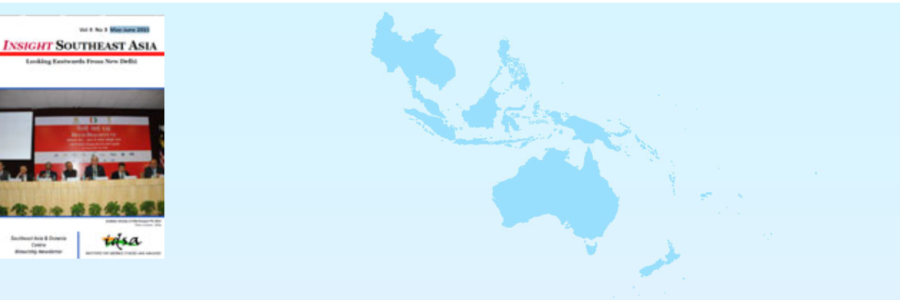Two Decades of India’s Look East Policy: Partnership for Peace, Progress and Prosperity by Amar Nath Ram (ed.)
Two Decades of India's Look East Policy edited by Amar Nath Ram is a compilationof scholarly contributions by 12 former ambassadors, an eminent academic-diplomat, a maritime strategy expert and a journalist. As a diplomat who was, as it were, present at the creation, Ram is eminently qualified to comment on how the Look East policy (LEP) has evolved since it was formulated.
- Udai Bhanu Singh
- January 2013













